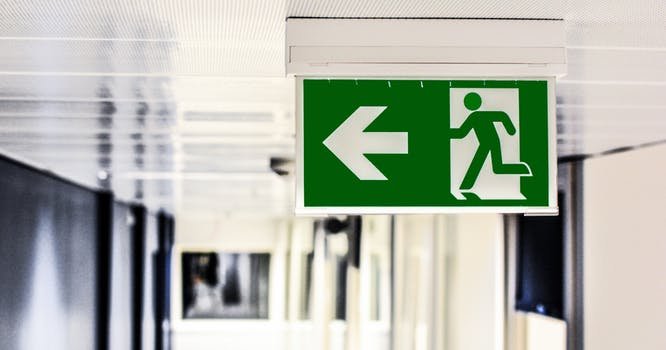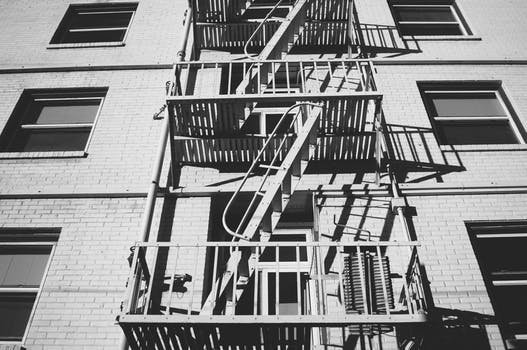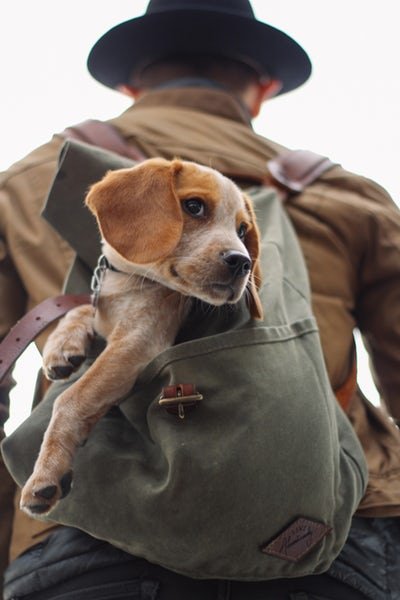8:30 pm. My friend Jennie is going through her nightly routine. Her severely disabled teenage son just finished his snack and now it’s bathtime. Her husband is reading a bedtime story for the younger kids.
Suddenly there is a pounding on the door.

Officials are standing there. They quickly inform my friend that there is a gas emergency and they must immediately evacuate.
They have ten minutes.
Her mind is a rush- her son is in a wheelchair and has many medications and several devices to support his life, including an oxygen tank.
The house could blow up. This image kept damping out the others. They have to get the dogs. Where will they sleep? What should they grab?
The officials rushed them out quickly, helping them haul heavy medical equipment and protesting children to the truck. They ended up staying at a friends house in the next town over.
Jennie told me about this the following evening. Luckily their houses, and that of their neighbors, were fine- they eradicated the danger and fixed what needed to be fixed and all the residents could safely return the following morning.
This story had a huge impact on me. I like to think I’m prepared, and that my family knows what to do, but when it comes down to it- do they really?
Would I act as I imagine in an emergency?
My roommate and I discussed this at length. After thinking things through for a couple days, I decided to test my family.
I would give us 15 minutes.
15 minutes to grab essential emergency items and be in the truck.
It was a Saturday and the boys didn’t have basketball practice or any appointments. Perfect lazy Saturday. They were playing video games and watching Netflix. I was writing.
I had asked a friend to call me at 1:09 pm.
I received the call and sprung into concerned Mom mode. I told the boys we had to get out now, there was no time to explain. To grab essential items, crate the pets and meet at the truck. We only have 15 minutes.

My two older sons sprang into action. They gathered the pets and their food and bowls, stuffed bags with eating utensils, cereal, bread, peanut butter and jelly, flashlights, first aid, and their own clothes. I rushed through the house and gathered important items. They were very cool and collected and organized, and worked seamlessly together. I was extremely impressed.
Several minutes in I realized I hadn’t seen my youngest son who was 11 at the time. I found him hunched in his closet putting books in a bag and starting to panic. I put my arms around him and explained this was just an emergency drill. He calmed immediately and stepped it up a notch, hurriedly packing his personal belongings then asking others what they needed help with.
Lesson number 1- when conducting a drill, evaluate the ages of all concerned :)
When the 15 minutes were up we were very impressively climbing into a packed truck filled with overexcited housepets.
However... I had forgotten the keys!
I then informed the boys this was a test. They laughed and protested (one had been in the middle of a super important Call of Duty tournament, lol. I instructed them to bring all the packed items into the living room so we could evaluate and learn from this experience. I unpacked the pets and gave them treats as they had all done very well, considering!

Each family member unveiled the items they had chosen and explained why. Most were very practical- clothes, extra socks, raincoats, a pup tent, food and medical supplies sleeping bags. John had grabbed the book he was reading by his favorite author Darren Shan, deck of cards and pack of 6 dice and explained we would need something fun to do as a family to pass time, wherever we were going. The younger boys had packed a couple toys with their clothes, and I learned that if your vehicle is part of your emergency evacuation to make sure you remember the keys.
It was a very interesting exercise. We discussed my youngest sons panic and used that as a learning experience. Panic is the number one problem in an emergency situation, and can often prove deadly.
We noted little things such as canned food without a can opener. Flashlights without batteries. Discussed always keeping your vehicle in good condition. And always keeping your head no matter what.
I learned that my boys were more capable than I gave them credit for, as throughout the exercise I had been hovering and checking on them. They actually had a pretty good grasp on what was needed.
We spent the rest of the day developing a “ten minute out” plan, as well as other emergency plans. We figured out two meeting points in case of separation- one nearby and one further out. We brushed up on our CPR skills and made a plan as to who would grab what, as we noticed many things were doubled up on- John would be in charge of food and eating utensils and emergency equipment. B would be in charge of the pets and their items and Nik would gather medical supplies and sleeping bags.
The boys look back on this first emergency drill with fondness and humor. It definitely made an impact and opened an important line of communication, and brought awareness. A frequent question in my house now is, “Mom? When are we having another “10 minute out” drill?”

I urge you to conduct a drill of your own.
It takes little time but prepares you for the future, and teaches you all many things about how your family reacts under pressure and how you can work around things, how well you work as a team under stress, and what everyone already knows so that you can adapt and adjust as necessary.
It’s all about survival after all :)
Have you had an emergency situation such as Jennies?
Does your family conduct drills?
Share your story and advice in the comments!
Images via Pixabay and Unsplash
🖤
I love you guys!
I appreciate your support :)





